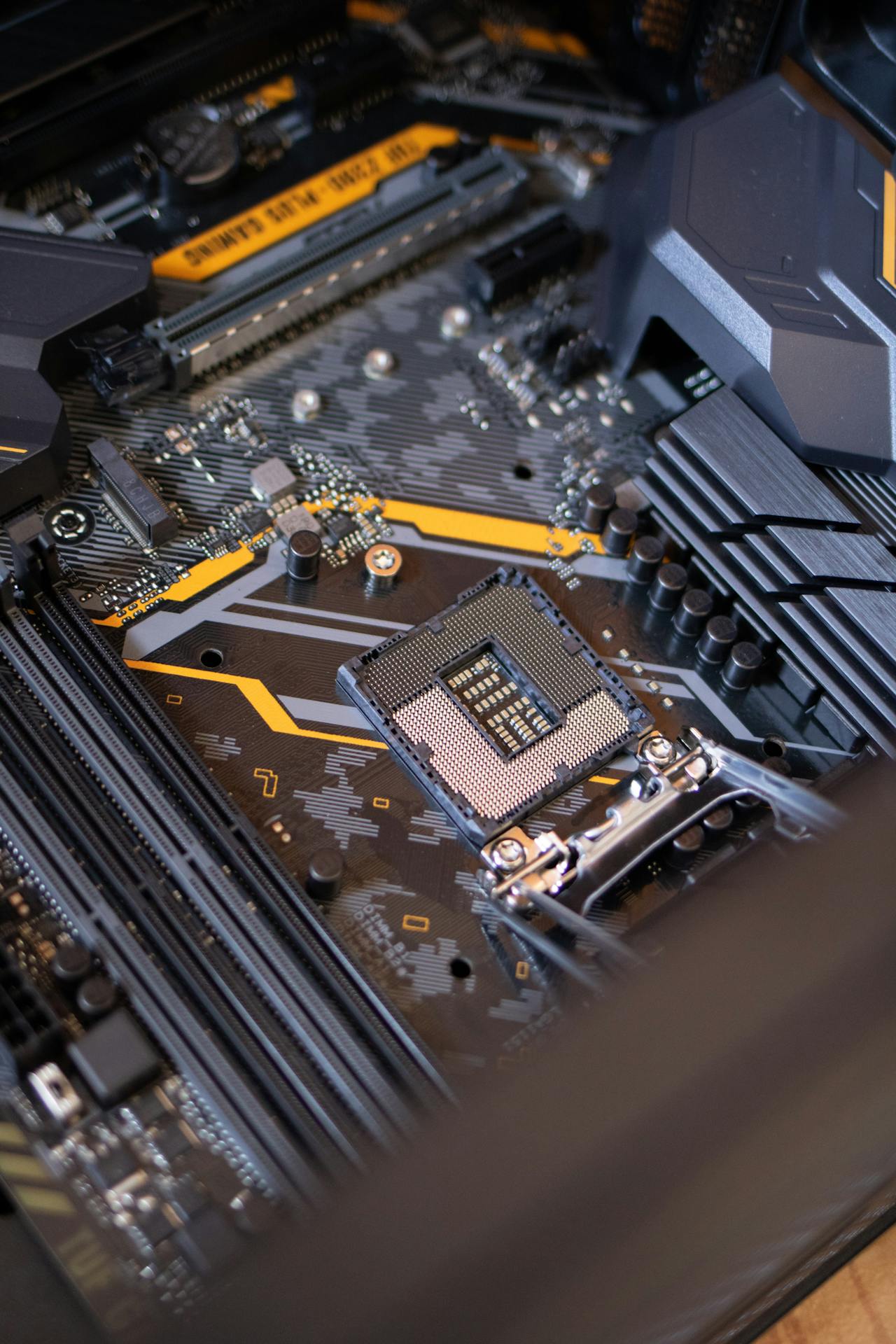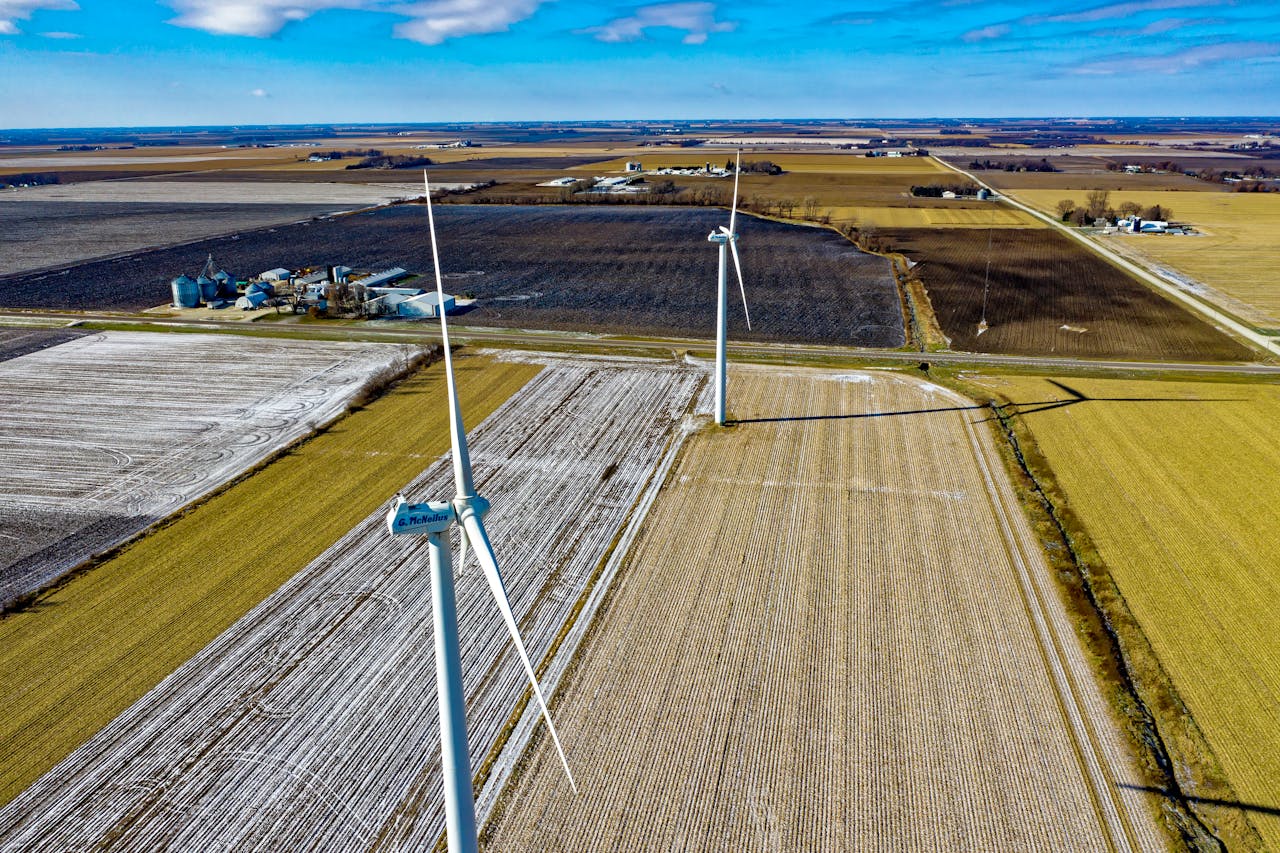
The telecom industry has undergone remarkable transformations over the years, revolutionizing how people connect and communicate. With emerging technologies like 5G, AI, and satellite internet, the future of telecom is set to become even more dynamic. As these innovations unfold, they promise to enhance speed, accessibility, and efficiency, shaping the way businesses and individuals interact globally.
The Impact of 5G on Connectivity
5G technology is arguably the most significant advancement in telecommunications. Offering speeds up to 100 times faster than 4G, 5G enables ultra-low latency and high bandwidth, making it ideal for applications such as smart cities, autonomous vehicles, and the Internet of Things (IoT).
Countries worldwide are rapidly deploying 5G networks, allowing businesses to leverage high-speed connectivity for improved efficiency. From remote healthcare services to immersive gaming experiences, 5G is unlocking new possibilities across industries.
AI and Automation in Telecom
Artificial Intelligence (AI) is playing a crucial role in optimizing telecom operations. AI-driven chatbots and virtual assistants are enhancing customer service, reducing response times, and improving user experiences.
Machine learning algorithms are also being used for predictive maintenance, allowing telecom companies to identify network issues before they escalate. This proactive approach minimizes downtime and ensures seamless communication services for users.
The Rise of Satellite Internet
Traditional broadband infrastructure faces limitations in remote and underserved areas. However, satellite internet services, led by companies like SpaceX’s Starlink and Amazon’s Project Kuiper, are bridging this digital divide.
Satellite-based connectivity enables high-speed internet access in rural and remote locations, fostering economic growth, education, and communication in previously disconnected regions.
Edge Computing and the Future of Data Processing
As telecom networks become more complex, edge computing is gaining traction. This technology allows data to be processed closer to the source, reducing latency and improving real-time decision-making.
Edge computing is essential for applications such as autonomous vehicles, industrial automation, and augmented reality, where immediate data processing is crucial for performance and safety.
Challenges and Regulatory Considerations
While telecom innovations bring numerous benefits, they also present challenges. Regulatory bodies must address concerns related to data privacy, cybersecurity, and network security. Additionally, the deployment of 5G infrastructure requires substantial investment, which may slow adoption in certain regions.
Governments and industry stakeholders must collaborate to establish policies that ensure fair competition, protect user data, and promote universal connectivity.
The Future of Telecom: A Connected World
Looking ahead, telecom innovations will continue to shape how people and businesses communicate. The integration of 5G, AI, and satellite internet will create a hyper-connected world where seamless communication is the norm.
As telecom companies invest in emerging technologies, the industry will see improved network reliability, faster speeds, and expanded coverage. Whether in urban centers or remote locations, the future of telecom is poised to bring unprecedented levels of connectivity to all.
Conclusion
The telecom industry is evolving rapidly, driven by groundbreaking technologies. From 5G and AI to satellite internet and edge computing, these innovations are transforming the way we connect and communicate. As regulatory frameworks adapt and infrastructure expands, the world is on the brink of a new era of seamless, intelligent, and efficient telecommunications.







